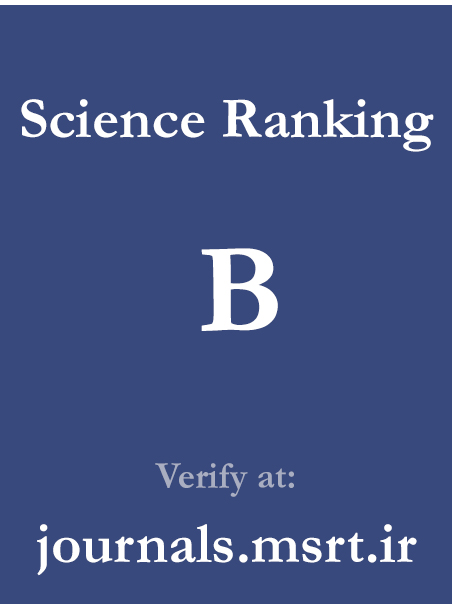Prediction of Substance Use Tendency Based on Cognitive Avoidance and Distress Tolerance in University Students
Keywords:
Substance use tendency, distress tolerance, cognitive avoidance, university students, emotion regulation, maladaptive coping strategiesAbstract
Purpose: This study aimed to predict substance use tendency among university students based on levels of cognitive avoidance and distress tolerance.
Methods and Materials: A descriptive-correlational design was employed with a sample of 370 students from the Islamic Azad University, West Tehran Branch, selected through convenience sampling. Participants completed three standardized instruments: the Substance Use Tendency Questionnaire (Weed & Butcher, 1992), the Distress Tolerance Scale (Simons & Gaher, 2005), and the Cognitive Avoidance Questionnaire (Sexton & Dugas, 2008). Descriptive statistics, Pearson correlation, and multiple regression analyses were conducted using SPSS software.
Findings: The results showed that distress tolerance was negatively correlated with substance use tendency, while cognitive avoidance was positively correlated. Multiple regression analysis revealed that both distress tolerance (β = -0.364, p < 0.001) and cognitive avoidance (β = 0.285, p < 0.001) significantly predicted substance use tendency.
Conclusion: The findings suggest that students with lower distress tolerance and higher cognitive avoidance are more likely to exhibit a tendency toward substance use. These results underscore the importance of integrating emotional regulation and cognitive flexibility training in university-based prevention programs. Interventions targeting distress tolerance and avoidance coping could be effective in reducing the risk of substance misuse in student populations.
Downloads
Downloads
Published
Submitted
Revised
Accepted
Issue
Section
License
Copyright (c) 2025 Sanaz Javidi , Abolfazl Karami (Author)

This work is licensed under a Creative Commons Attribution-NonCommercial 4.0 International License.

